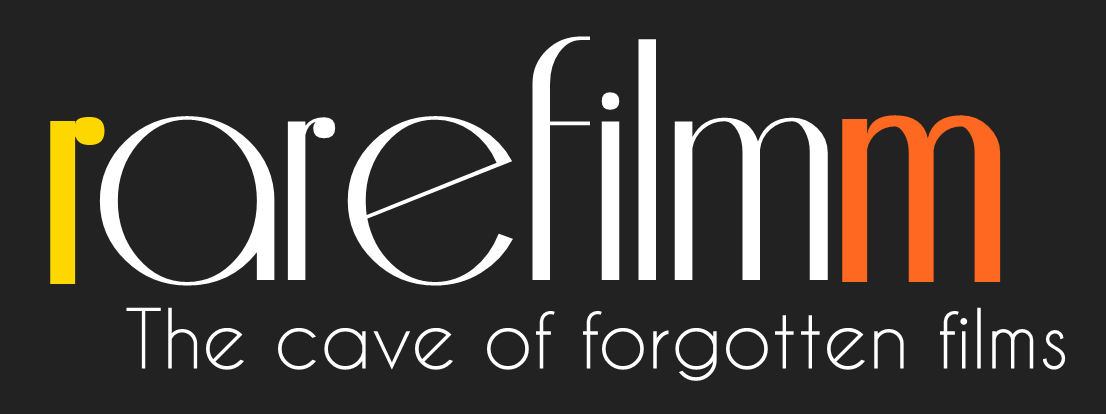Produced by the BBC, Joan Miró: Theatre of Dreams profiles the Spanish painter known for his childlike exuberance and playful abstract images. Ironically, his colorful pieces were often inspired by painful wartime experiences — specifically, the harshness of Franco’s regime. Written and narrated by Miró’s longtime friend Roland Penrose, the documentary features conversations between the two. Miro, who belonged to the surrealist school, often began paintings by marking the canvas with a splotch or a stain, which later transformed into a bird, a pretzel-shaped man, or a crooked star. At 85, Miró was still working.
Category: Documentary
Rat Lovers are not house proud. Their sense of smell is questionable, yet members of the Fancy Rat Society do know how to devote their lives to the underdog of the rodent world. Their houses are filthy and their friends think they are crazy but the subjects of Rat Women don’t care. They do it for love – the love of rats.
In 1998, filmmaker Dan Reed and cameraman Jacek Petrycki traveled to the Drenica Valley as the civil war in Kosovo came to a head. They spent much of the year there, and The Valley documents the lives of soldiers and civilians on both sides of the conflict, as well as the violence and brutality they confront on a daily basis. Dispensing with narration, The Valley allows its subjects to speak for themselves, giving a sense of how bitter the divide had become between Islamics and ethnic Albanians, and how cruel fate had been to those caught in the middle of the fighting, as women and children who’ve lost their families shiver in makeshift huts, and people discover the bullet-riddled bodies of their loved ones.
Hosts Alan Alda and Marlo Thomas trace the evolution of the roles and lives of women in the twentieth century. Examines the conflicting advice given to American women from generation to generation by the clergy, government, doctors, media and society, and shows how women’s lives have been changed by the efforts of women who fought for women’s rights. Includes newsreel footage, stills, radio and television footage, cartoons, and period music.
Krzysztof Kieślowski unmasks the prototype of the informer and opportunist (in a totalitarian society) exclusively from the latter’s own perspective. Even the commentary is by the ambivalent protagonist. Kieślowski later kept the film under lock and key in order not to harm his protagonist.
On April Fool’s Day, 1989, a man crossing the road between two garage sales was hit by a car and thrown into a state between life and death. Nine years later, his daughter uses her camera to try and understand both the absent moment and its lasting impact on her family, Russian immigrants marooned in Colorado.
Follows contemporary American poet James Dickey on a three week lecture tour. Reveals the actual thoughts and feelings of the poet through his conversations and poetry readings.
The Savage Eye is an experimental hybrid between fiction and documentary, portraying urban life as both a nightmare and a release. The poetic text sometimes contrasts with intriguing, neutral footage. When it was released in 1960, The Savage Eye was seen as an important example of cinema verité. Filmmakers Sidney Meyers, Ben Maddow and Joseph Strick worked on the film for a full four years in their free time. There’s an important role for music, performed by a brass ensemble and composed by Leonard Rosenman, who went on to write scores for films such as Barry Lyndon (1975) and Sybil (1976).
